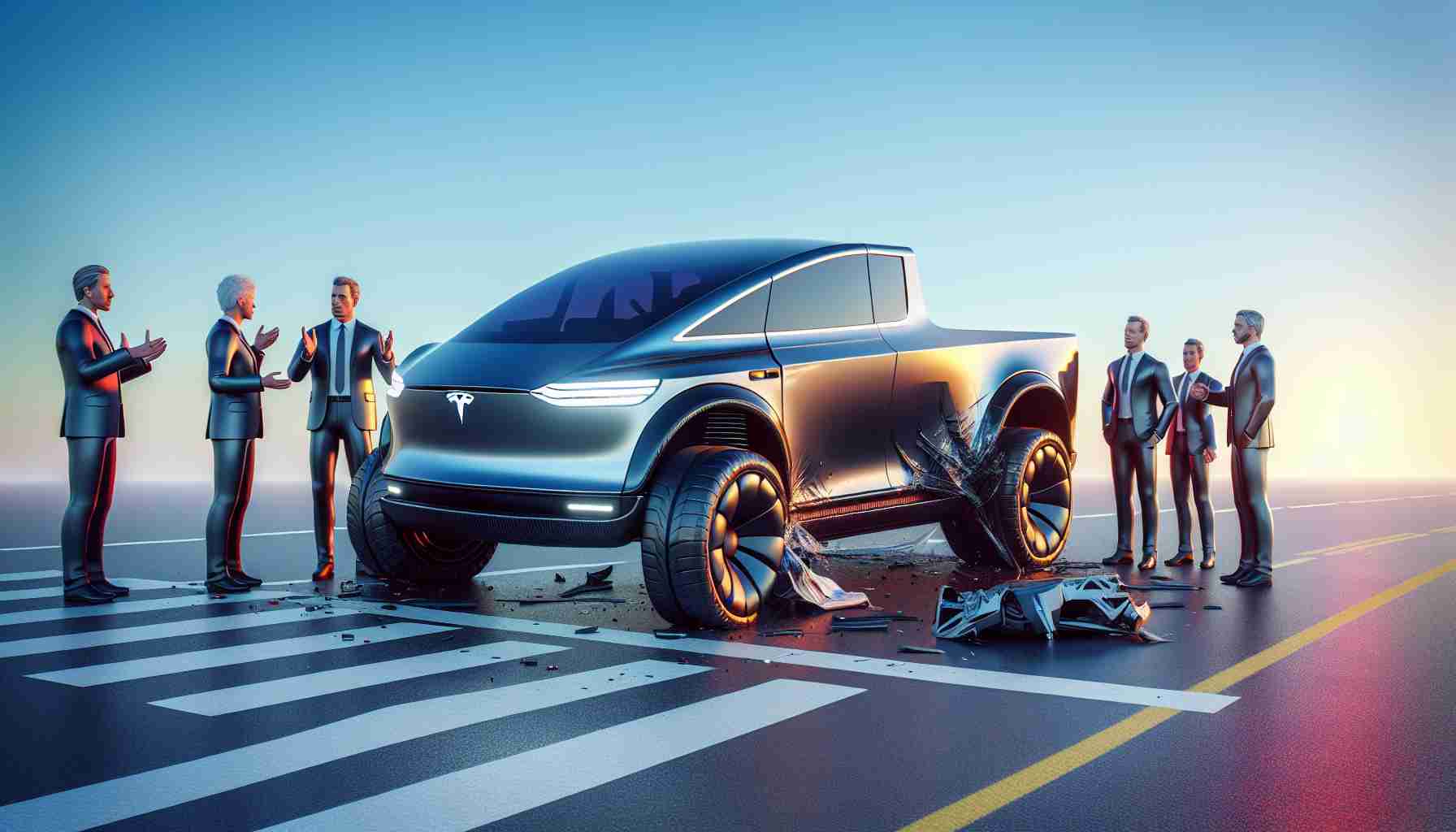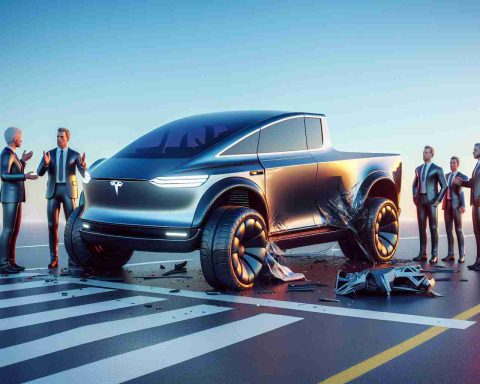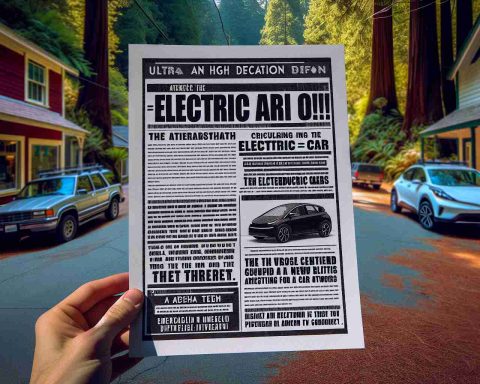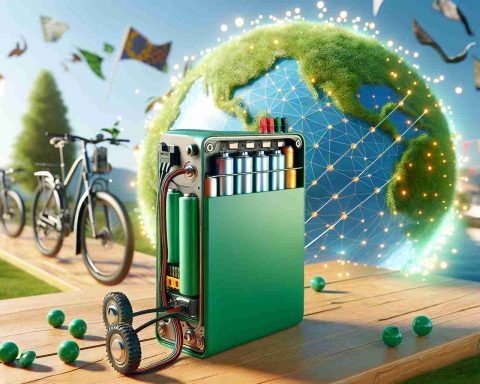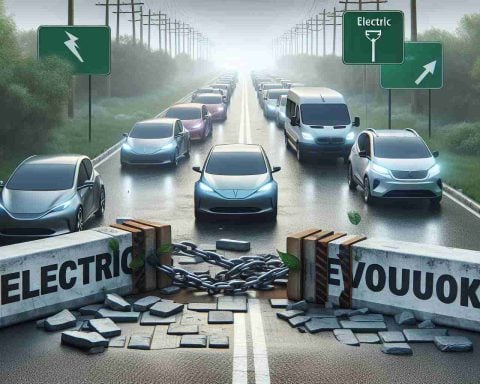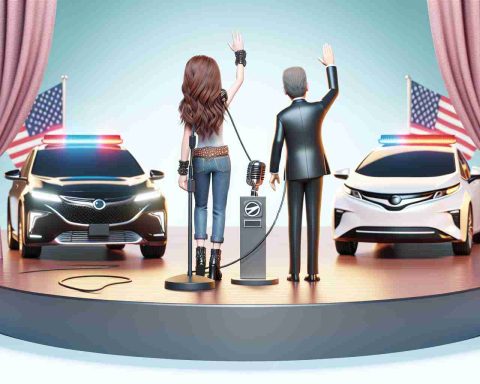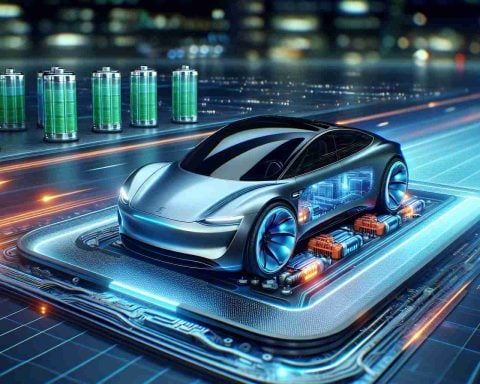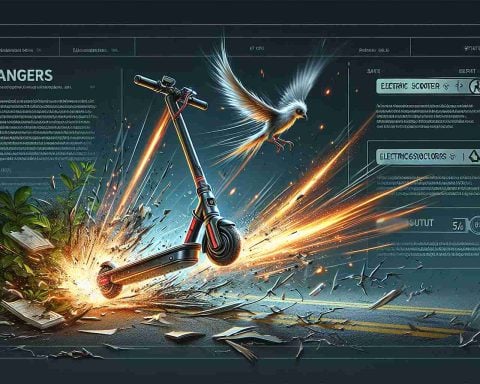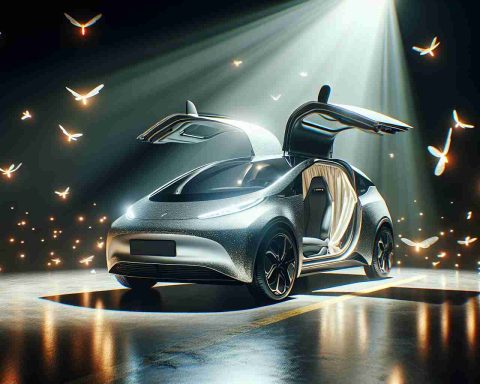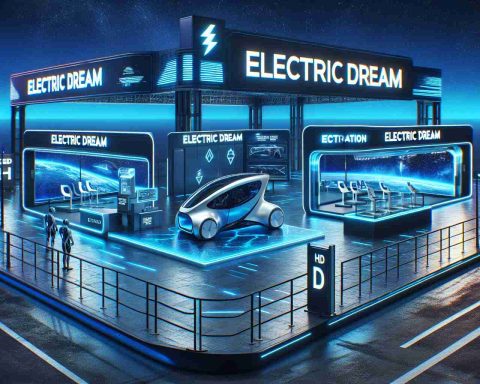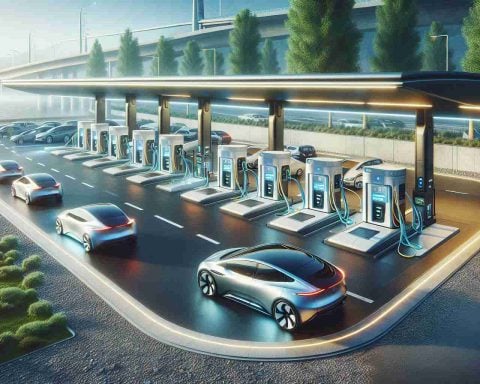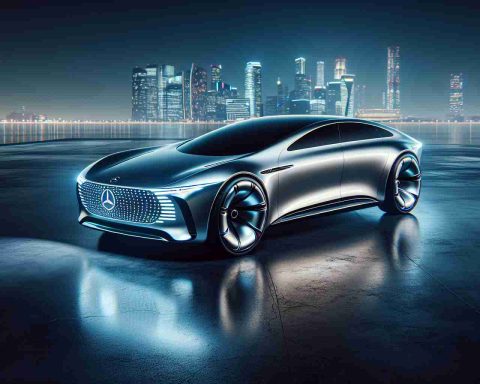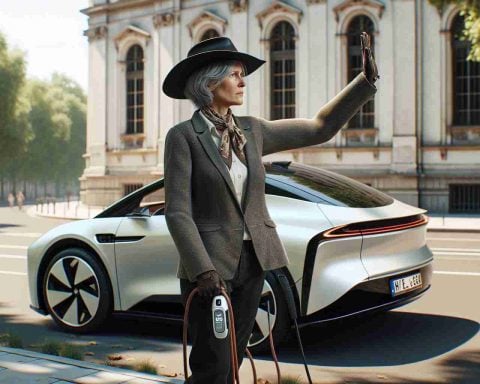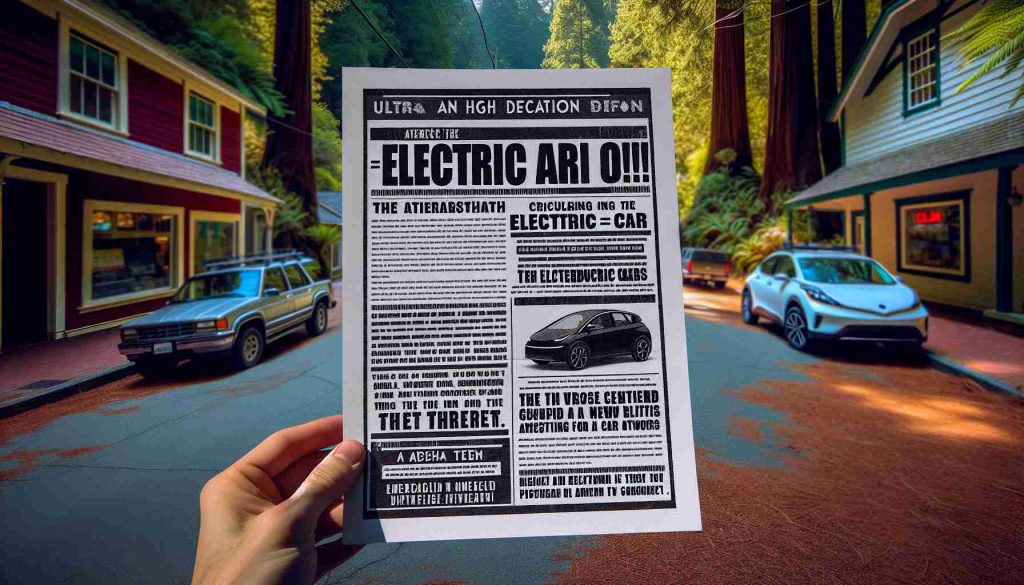- A Tesla Cybertruck crash in Full Self-Driving mode in Nevada raises concerns about autonomous vehicle safety.
- Driver Jonathan Challinger highlighted the incident on social media, emphasizing vigilance despite using self-driving technology.
- The crash underscores limitations in Tesla’s software, particularly in lane merging and detection under varying conditions.
- Experts, like Troy Teslike, recommend improving camera-based systems, which struggle in adverse weather conditions without radar/LiDAR.
- The incident adds to the debate on balancing technological innovation with safety requirements in self-driving cars.
- Drivers are reminded of the importance of remaining attentive until autonomous systems can reliably handle diverse scenarios.
- The broader question remains whether self-driving technology is ready for mainstream use, highlighting the need for caution.
A recent incident involving a Tesla Cybertruck has reignited discussions around the safety of self-driving technology. A Tesla, engaged in Full Self-Driving mode, struggled to merge from a vanishing lane, ultimately colliding with a curb and pole in Reno, Nevada, casting doubt once again on the vehicle’s software reliability.
The driver, a software developer named Jonathan Challinger from Florida, took to social media to express his frustration and caution others. His vivid recounting of the accident highlights that while passengers may become at ease with autonomous systems, vigilance remains necessary. His photo of the wreckage serves as a stark reminder of technology’s limits and the potential peril of over-reliance.
As Tesla navigates ongoing criticism, some experts, like researcher Troy Teslike, suggest a need for improvement in the system’s detection and mapping capacities, particularly at night. The reliance on camera-based technology, while cost-effective, appears vulnerable in conditions like rain or snow, lacking the reliability of radar or LiDAR systems.
While Elon Musk extolls the advancements of Tesla’s software, the crash underscores a growing tension between innovation and safety. Can a balance be struck? Or are we witnessing the growing pains of an automotive revolution not quite ready for prime time?
For curious tech enthusiasts and wary skeptics alike, the takeaway remains clear: self-driving technology, though advancing, still demands our full attention. Until such systems truly master the intricacies of diverse driving conditions, drivers must remain the ultimate custodian of safety behind the wheel.
Is Tesla’s Self-Driving Technology Ready for Prime Time? Here’s What You Need to Know
How-To Steps & Life Hacks for Safely Using Tesla’s Autopilot System
1. Stay Vigilant: Always keep your hands on the wheel and remain attentive. Tesla advises users not to rely entirely on the Full Self-Driving (FSD) or Autopilot systems in challenging conditions.
2. Understand the Limitations: Familiarize yourself with the known limitations of Tesla’s self-driving technology. For example, it may not perform well in poor weather or complex traffic scenarios.
3. Regular Updates: Always ensure that your software is up to date to benefit from the latest safety features and improvements.
4. Route Familiarization: Before engaging FSD, review your route to anticipate areas that may require manual intervention, such as construction zones or unusual road markings.
Real-World Use Cases
Tesla’s self-driving technologies aim to enhance road safety and efficiency. Common scenarios include highway driving, reducing fatigue on long journeys, and assisting with routine traffic navigation.
Market Forecasts & Industry Trends
The autonomous vehicle market is projected to grow significantly, with a CAGR of approximately 20-25% over the next decade. Companies are investing heavily in AI and sensor technologies to bridge the existing gap between human and machine capabilities in diverse driving conditions.
Reviews & Comparisons
When compared to rivals like Waymo and Cruise, Tesla’s reliance on camera-based systems often garners mixed reviews. While some laud the system’s intuitive interface, critics highlight its occasional struggle with environmental challenges, advocating for the integration of additional sensors like LiDAR for a more robust solution.
Controversies & Limitations
The controversy often revolves around terminology; Tesla’s “Full Self-Driving” is perceived by some as misleading, considering the system still requires human oversight. Legal and ethical questions about accountability in self-driving car accidents also continue to arise.
Features, Specs & Pricing
Tesla’s FSD package is an optional feature costing around $15,000. It includes advanced features such as Navigate on Autopilot, Auto Lane Change, and Smart Summon. It is crucial to research and understand what each feature offers and its current beta status.
Security & Sustainability
Questions about data privacy and security in self-driving cars are prevalent. Tesla encrypts its data transmission, but users are encouraged to regularly review their privacy settings. On sustainability, self-driving systems improve overall energy efficiency and contribute to reduced emissions.
Tutorials & Compatibility
For new users, Tesla offers tutorials in their in-car displays and mobile apps. Compatibility remains high across Tesla models, but users should verify the specific versions supported by their vehicles.
Pros & Cons Overview
Pros:
– Enhanced safety features can prevent accidents.
– Reduces driver fatigue during long journeys.
– Continuous software updates improve the system over time.
Cons:
– Inclement weather conditions can hamper performance.
– Not completely autonomous; requires human oversight.
– High cost for the FSD package.
Conclusion & Recommendations
For Current Users: Regularly update your Tesla software and remain vigilant. Understand your vehicle’s capabilities and limitations to maximize safety.
For Potential Buyers: Evaluate whether the current capabilities of Tesla’s self-driving tech align with your expectations and needs before purchasing the FSD package.
Quick Tips
– Use self-driving technology as a driver-assist tool, not a substitute for human attention.
– Monitor Tesla announcements or statements on software updates and improvements for the latest features.
– Stay abreast of regulatory changes affecting autonomous driving technologies.
For more information, visit Tesla’s official website.
